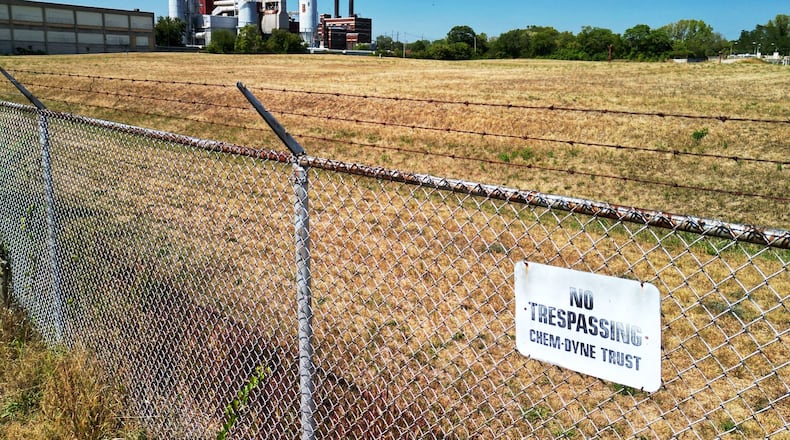Site documents are to be at the Hamilton Public Works Department administrative offices on the 5th floor of One Renaissance Center, 345 High St., or by accessing www.epa.gov/superfund/chem-dyne. According to an EPA spokesperson, the significant differences are the modifications that have been made to the groundwater treatment/extraction system after the cleanup plan was published in the 1985 Record of Decision document.
“Portions of the groundwater treatment/extraction system remedy are no longer necessary to accomplish the cleanup goals in the Record of Decision. These changes are documented by the EPA in a decision document, called an Explanation of Significant Differences, or ESD, and communicated to the public,” according to the EPA.
“The Chem-Dyne Superfund Site remedy is designed to protect human health and the environment, and none of the modifications in the ESD change that. Residents in the area should not be concerned about the modifications in the ESD.”
In the mid to late 1970s, the Chem-Dyne Corporation used this site at 500 Joe Nuxhall Blvd. to both process and store chemical waste. During its operations, it accepted approximately 112,000 drums of waste from an estimated 200 waste generators located nationwide. Waste included pesticides, chlorinated and non-chlorinated solvents, waste oils, plastics and resins, polychlorinated biphenyls (PCBs), acids and caustics, metal and cyanide sludges and laboratory waste.
More than 30,000 drums and 300,000 gallons of bulk materials were left on site when operations ended in 1980. The operations resulted in the uncontrolled release of hazardous materials such as volatile organic compounds, metals, PCBs, and pesticides into the soils, and VOCs into groundwater.
Ken Dupuis, chairman of the Chem-Dyne Site Trust, deferred comments to the U.S. EPA, but said, “Given the nearly 40-year history of the site, there have been a number of technological enhancements made intended to speed up the achievement of groundwater cleanup goals.”
The city of Hamilton purchased the former Chem-Dyne property in 2022 to prevent a potentially irresponsible party from acquiring the land. The City plans to store equipment in the buildings and areas that house the groundwater treatment system components.
“EPA supports returning formerly contaminated lands back to safe and productive reuse,” according to the federal agency. “EPA’s Superfund Redevelopment program has a variety of tools to help communities reclaim and reuse contaminated land.”
The agency said any site redevelopment must be compatible with EPA cleanup actions and institutional controls placed on a property which are designed to prevent unacceptable exposure to residual contamination and protect the remedy. The remedy at the Chem-Dyne site includes a soil cap/cover, portions of a groundwater extraction system, and monitoring wells that cannot be interfered with or disturbed unless prior written approval is granted from the U.S. EPA and Ohio EPA.
QUESTIONS OR COMMENTS
Anyone with questions can contact Community Involvement Coordinator Adrian Palomeque at palomeque.adrian@epa.gov or Remedial Project Manager Melissa Milner at milner.melissa@epa.gov.
About the Author

